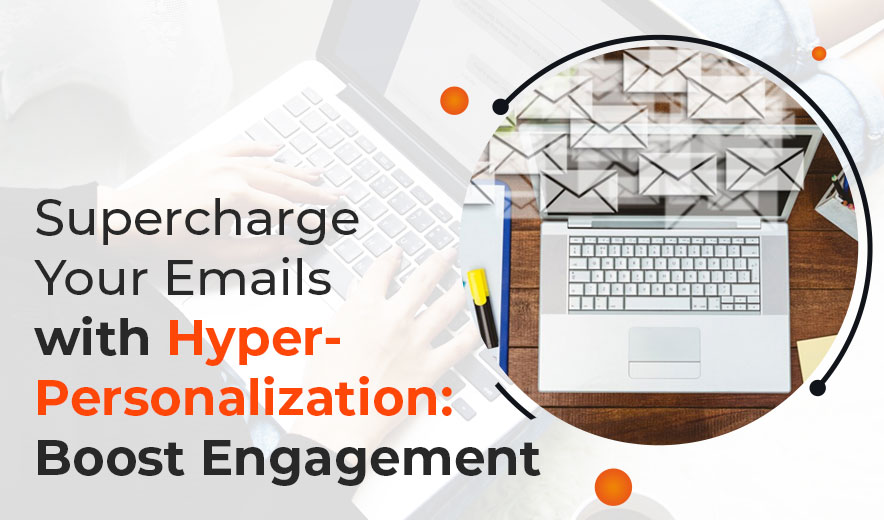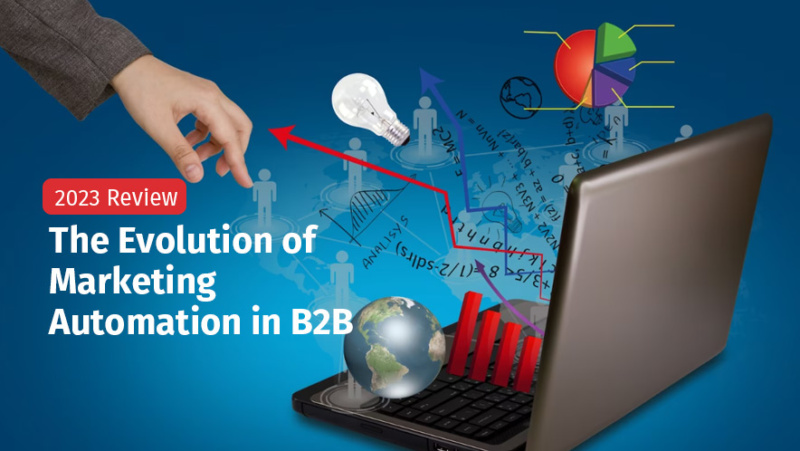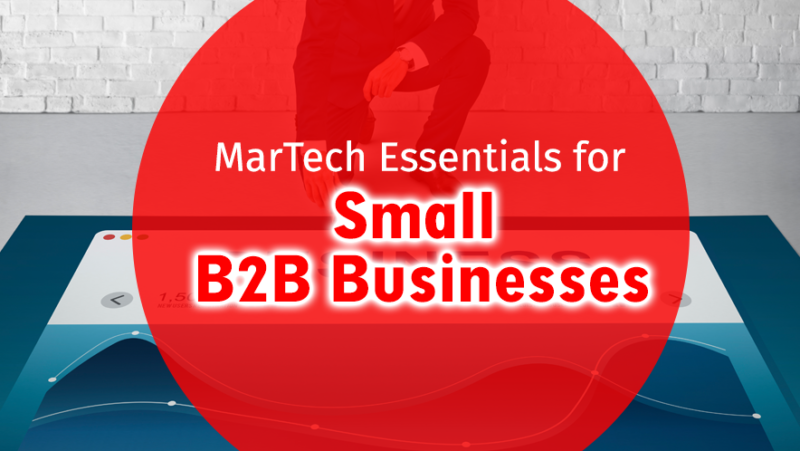In today’s digital age, consumers receive numerous emails every day, making it hard for businesses to stand out. This is where hyper-personalization comes into play – It uses data and tech to customize email content for each recipient, boosting engagement and results.
Introduction to Hyper-Personalization in Email Marketing
Hyper-personalization goes beyond simply addressing recipients by their first name; it involves creating highly customized and relevant content based on a recipient’s preferences, behavior, and past interactions with the brand. By delivering personalized messages that resonate with each recipient, businesses can significantly improve email open rates, click-through rates, and ultimately, conversion rates.
Understanding the Importance of Hyper-Personalization
Hyper-personalization plays a crucial role in strengthening the bond between brands and customers. Tailoring emails to address individual needs, interests, and challenges increases engagement and encourages desired actions.
This personalized approach not only enhances the overall customer experience but also builds trust and loyalty over time.
Key Components of Hyper-Personalization
Data Collection and Analysis
At the core of hyper-personalization lies the collection and analysis of customer data. This includes demographic details, browsing history, purchasing habits, and engagement metrics. By understanding customer preferences and behavioral patterns, businesses can tailor their email content accordingly.
Segmentation
Segmentation involves dividing a target audience into smaller, more manageable groups based on shared characteristics or behaviors. By segmenting email lists, businesses can send highly targeted content to each group, increasing the chances of engagement and conversion.
Dynamic Content
Dynamic content allows for the customization of email content based on various factors, such as the recipient’s location, past purchases, or browsing history. This dynamic approach ensures that each recipient receives a personalized email experience, leading to higher engagement and better results.
Integration of Hyper-Personalization Tools
To effectively implement hyper-personalization, businesses need access to advanced email marketing tools and platforms that support dynamic content creation, audience segmentation, and real-time data analysis. These tools automate and streamline the personalization process, ensuring consistency and efficiency across all email campaigns.
Benefits of Integrating Hyper-Personalization for Enhanced Email Engagement
Improved Relevance and Effectiveness
By personalizing content to match the recipient’s interests and needs, businesses can boost the relevance and impact of their email campaigns. This approach results in improved open rates, click-through rates, and conversion rates, leading to a higher return on investment (ROI).
Enhanced Customer Experience
Hyper-personalization improves the customer experience by delivering content customized to individual preferences and behaviors. This tailored approach strengthens brand-customer relationships, boosting satisfaction and loyalty.
Challenges and Considerations
While hyper-personalization offers numerous benefits, it also comes with its challenges and considerations. These include the need for accurate data collection, privacy concerns, and the risk of over-personalization. Businesses must strike a balance between personalization and privacy to ensure a positive customer experience.
Best Practices for Integrating Hyper-Personalization
To maximize the effectiveness of hyper-personalization, businesses should follow best practices such as:
- Regularly update and clean customer data
- Test and optimize email content for different audience segments
- Respect customer preferences and privacy rights
- Keep track of and assess campaign effectiveness to pinpoint areas where enhancements can be made.
Future Trends in Hyper-Personalization
As technology evolves, we anticipate more advanced hyper-personalization in email marketing. This involves using artificial intelligence and machine learning to forecast customer behavior and preferences. Additionally, integrating other channels like social media and SMS will enhance these efforts.
Conclusion
In conclusion, the integration of hyper-personalization is essential for businesses looking to enhance engagement and drive better results with their email marketing campaigns. By leveraging data and technology to deliver highly targeted and relevant content, businesses can create meaningful connections with their audience and ultimately achieve their marketing objectives.
Be a part of our community for free and access the best resources, trends, and new technologies from peers and industry experts. You can also check out our other awesome blogs over here.





